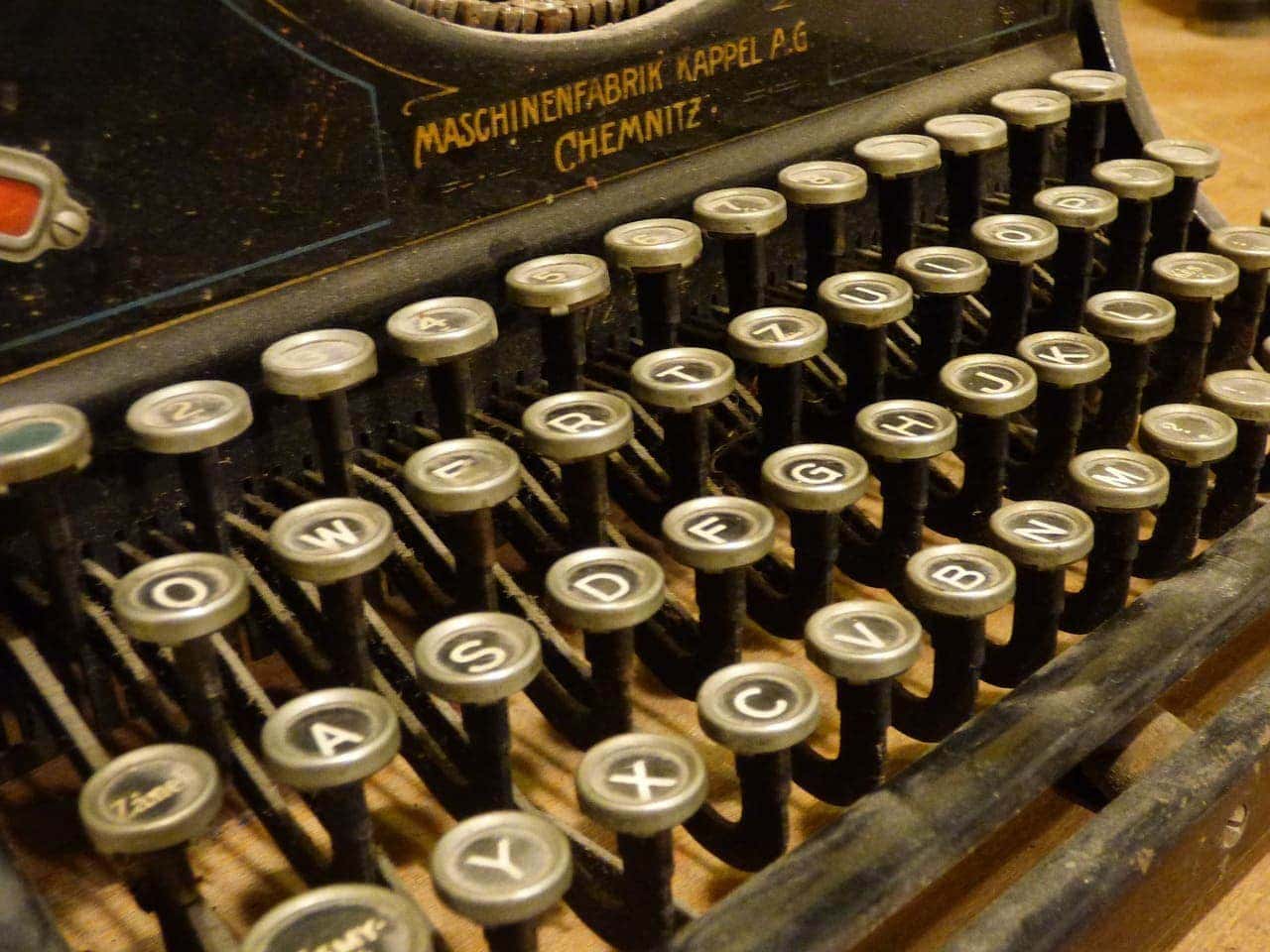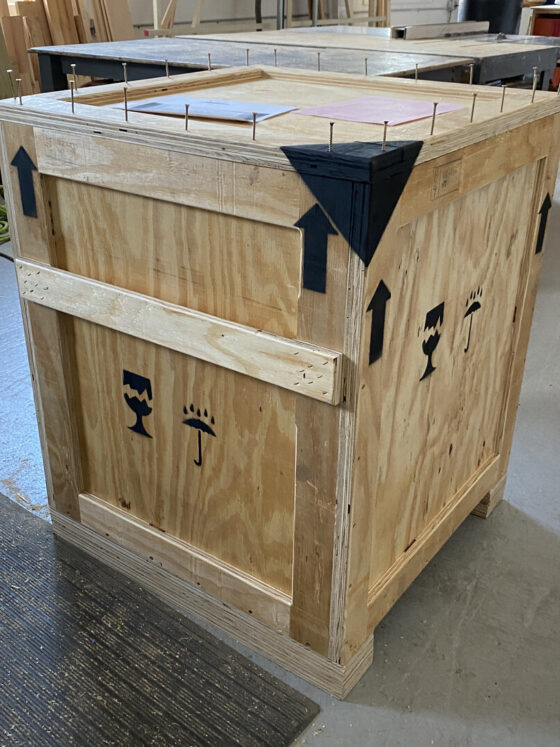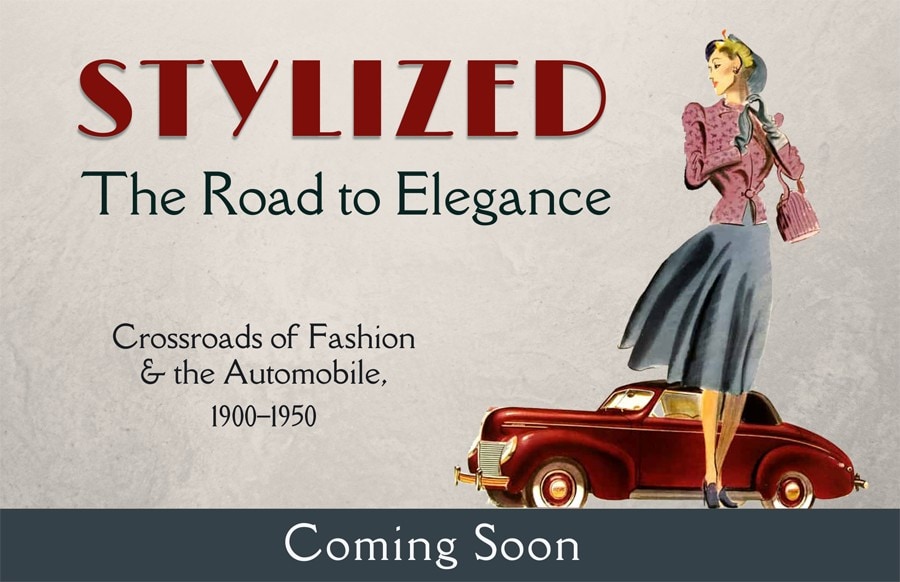EXHIBIT TIPS FROM AROUND THE WORLD
This is an extended version of an article that appeared in the January/February 2014 issue of ASTC’s Dimensions magazine
ON WRITING EXHIBIT TEXT TO FACILITATE FAMILY LEARNING
One of the functions of the museum is to provide visitors with stories told by each object. The object itself often attracts visitors, while the texts that tell its story are completely ignored. For museum professionals, writing good texts that visitors would love to read is always a big challenge.
In our museum, the “parent-child social context” is often key. In a typical scenario in our galleries, children who are interested in an exhibited object are likely to ask their parents, “Mom/Dad, what’s this?” This question often troubles the parent, and he/she replies like this: “Something . . . something very old,” trying to avoid the question. But if parents could easily find relevant text, they would be happy to read it for their curious children.
I suggest utilizing two different types of text to help the visitors understand the exhibitions: short text and longer text. The short and simple text’s role is to attract parents’ attention immediately. And it helps them think like this: “This text seems to help me in answering my kid’s troubling question.” It then leads them to read the longer text.
The body of the text (longer text) usually explains what kind of story the specimen has. In this type of text, we often use a dialogue (question-and-answer) format. When the parents find the dialogue text, they can make use of it and read the answer part for their kids. In other words, the parents can take the role of the characters in the dialogue, and at the same time, they are able to answer their kids’ questions. You can let your museum characters appear and talk in this type of dialogue. It will make it more fun and easier to understand.
Assisted by this parent-child social context, we have successfully conveyed what we want both kids and parents to know about the specimens. In this model, there are two important ideas. First, learning something from parents is often more efficient for children than learning it from someone else, because the parents know their kids’ learning levels and how much experience they have had so far. Second, a museum experience like the one above can provide a good learning opportunity not only for kids, but also for parents. We believe that “texts” may work effectively in learning at museums when they better fit the needs originated from a parent-child social context.
Junko Anso, former curator, Fukui City Museum of Natural History, Japan






Leave a Reply
You must belogged in to post a comment.